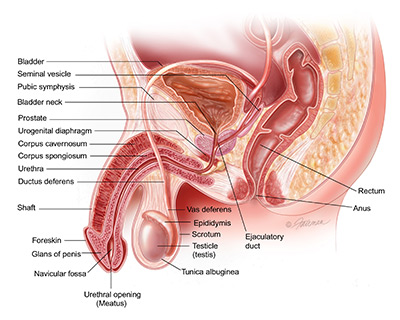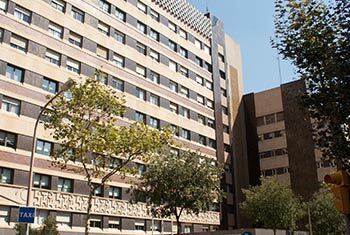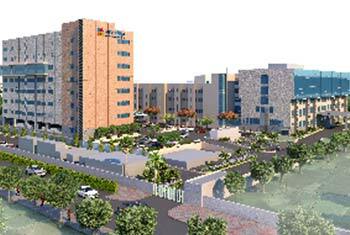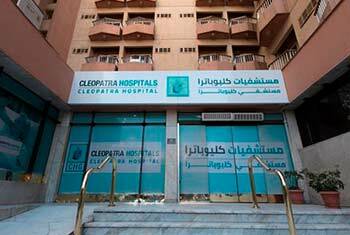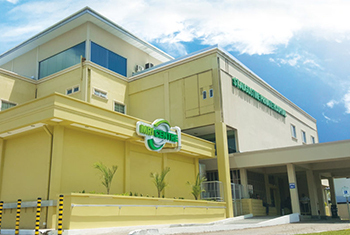Hypospadias Details
The goal of any type of hypospadias surgery is to make a normal, straight penis with a urinary channel that ends at or near the tip. The operation mostly involves 4 steps:straightening the shaftmaking the urinary channelpositioning the meatus in the head of the peniscircumcising or reconstructing the foreskinHypospadias repair is often done in a 90-minute (for distal) to 3-hour (for proximal) same-day surgery. In some cases the repair is done in stages.
